In the sweltering summer of 1954, the editorial staff of La Cucina Italiana was busy composing the August issue. Among the various letters addressed to the editor, one was destined to make history. The request was simple: the reader wanted to know the recipe for carbonara, a dish that was now on everyone's lips.
Cinematic carbonara
Carbonara, at least its name, had already made a couple of cinema appearances in two rather successful films: Yvonne la Nuit in 1949 with Totò, Eduardo de Filippo and Gino Cervi and Cameriera bella presenza offresi... in 1951 with Aldo Fabrizi and Elsa Merlini.
The dish was known, but its composition was still very uncertain, which is why the editors of La Cucina Italiana found some clues and worked on their imaginations.
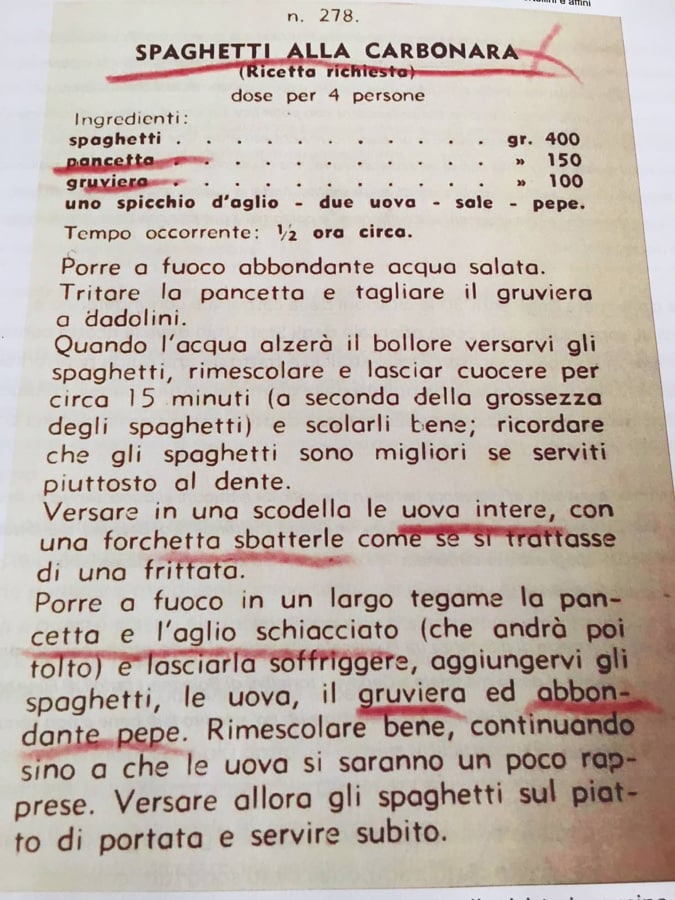
Carbonara: the "Milanese" recipe published in 1954 in La Cucina Italiana in August. In the opening, Luca Cesari
The recipe…is milanese
“Quantities for 4 people: 400 g spaghetti, 150 g pancetta, 100 g gruyere, one clove of garlic, two eggs, salt and pepper”: the list of ingredients is enough to horrify any purist, and yet the Italian history of the world's best-loved pasta dish begins exactly like this.
However, this is the first appearance of the Italian recipe because two years earlier it had already been published in an American guide to Chicago restaurants entitled Vittles and vice: An extraordinary guide to what's cooking on Chicago's Near North Side. The owners of Armando's restaurant, originally from Lucca, had dictated a slightly less unusual recipe using bacon, Parmigiano and eggs. Even the doses of the ingredients - an egg each and 80 g of bacon - were in line with today's carbonara.
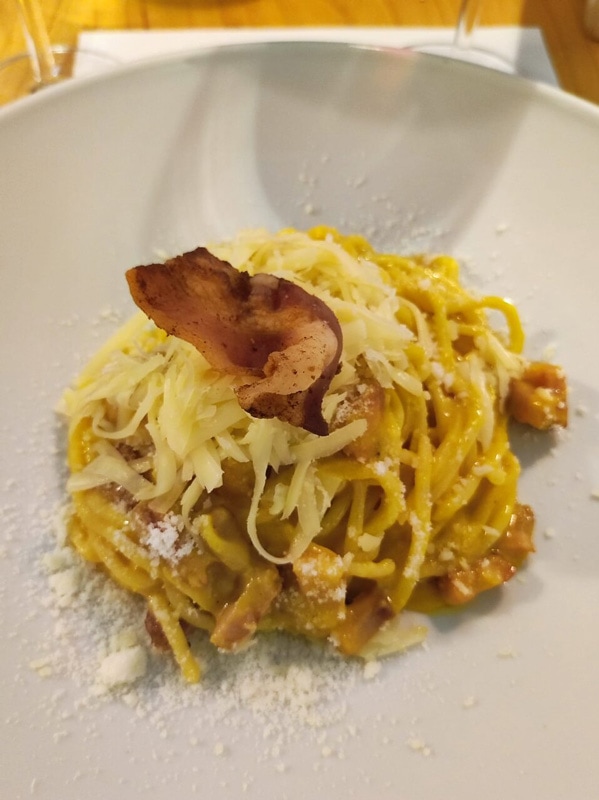
The 1954 Carbonara in the menu at Eggs, Rome
Here, what the dish was like
In short, today the 1954 recipe seems completely wrong to us, starting with that cheese that has nothing to do with our tradition, right down to the instructions to cook the eggs in a frying pan. The result is a poorly seasoned and rather dry carbonara, very different from what we are used to.
A constant evolution over time
From the mid-1950s onwards, the variations were numerous: with ham, mushrooms and even a version with clams, not forgetting cream, a constant presence for at least three decades.
The evolution of this dish has been constant over time and if you think it has stopped, you are very wrong. What do you think carbonara will be like in ten years' time?

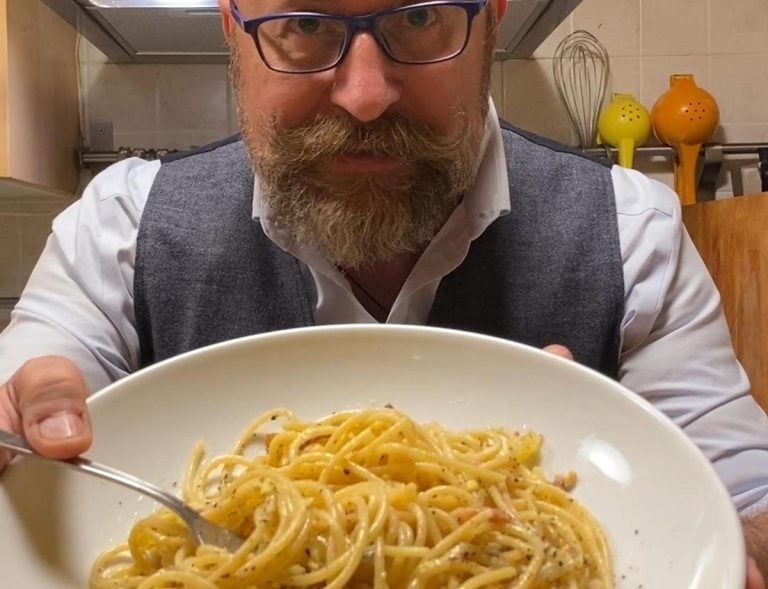
 Fewer bottles, more by-the-glass: how to build the wine list of the future
Fewer bottles, more by-the-glass: how to build the wine list of the future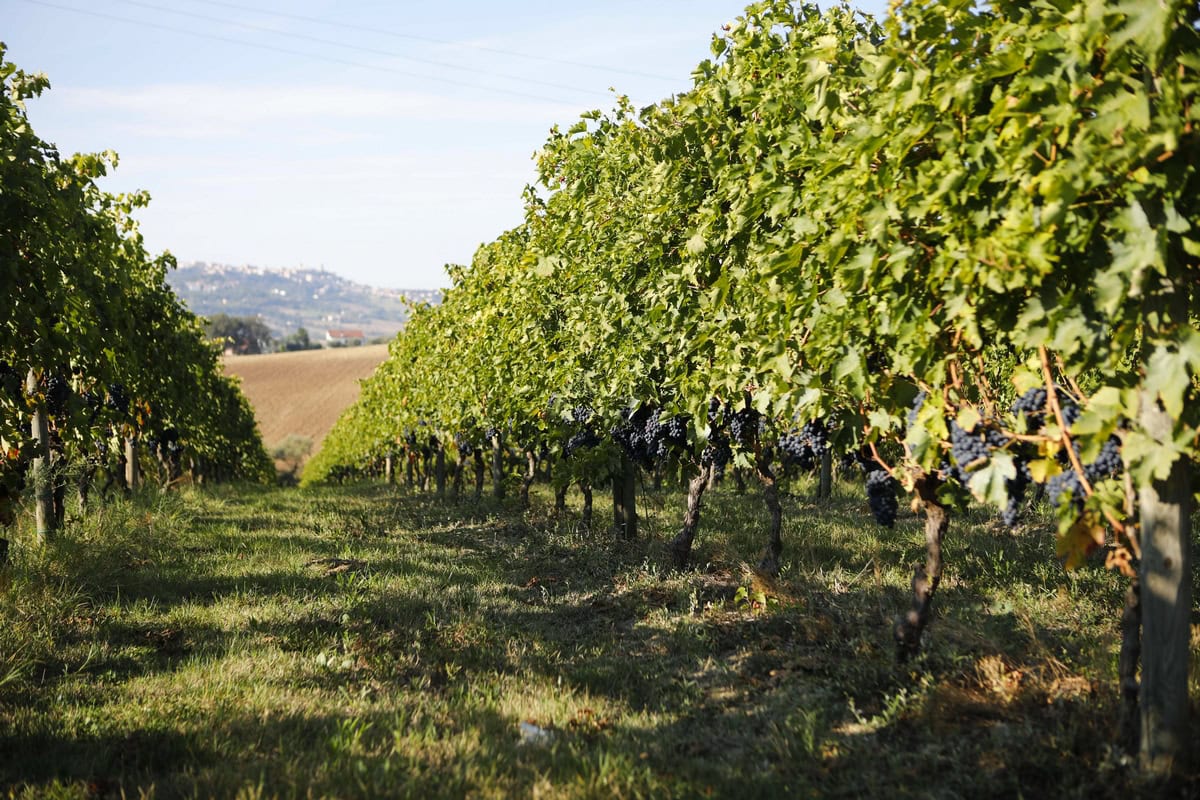 The Moncaro collapse impacts Marche wines. But average price rises
The Moncaro collapse impacts Marche wines. But average price rises Trump’s first trade war cost Americans $27 billion. USDA analysis
Trump’s first trade war cost Americans $27 billion. USDA analysis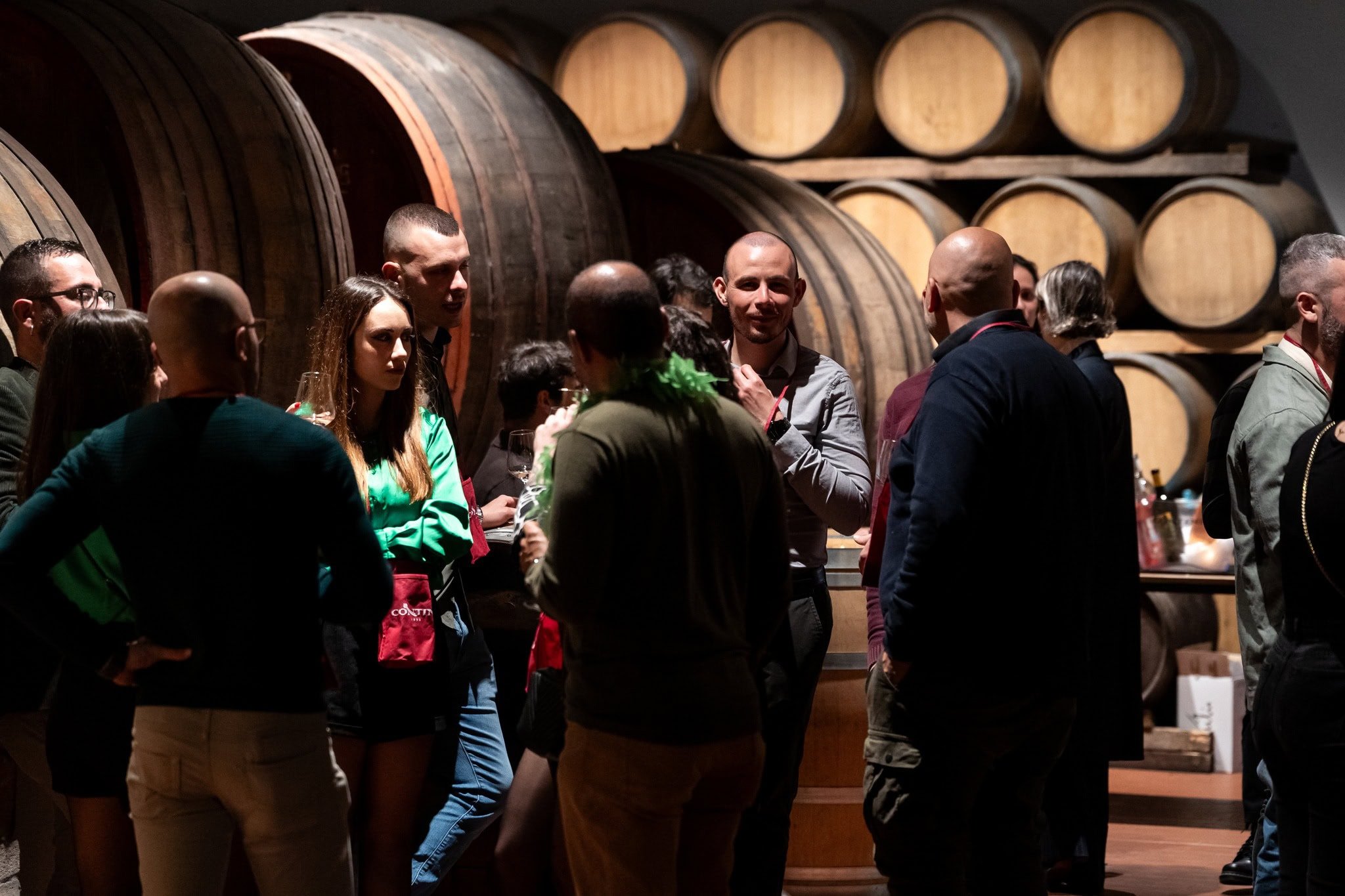 Here are ten Rare Wines you absolutely must try
Here are ten Rare Wines you absolutely must try The “Tariff Vinitaly” closes with 97,000 attendees: one third from abroad. See you on 12 April 2026
The “Tariff Vinitaly” closes with 97,000 attendees: one third from abroad. See you on 12 April 2026






